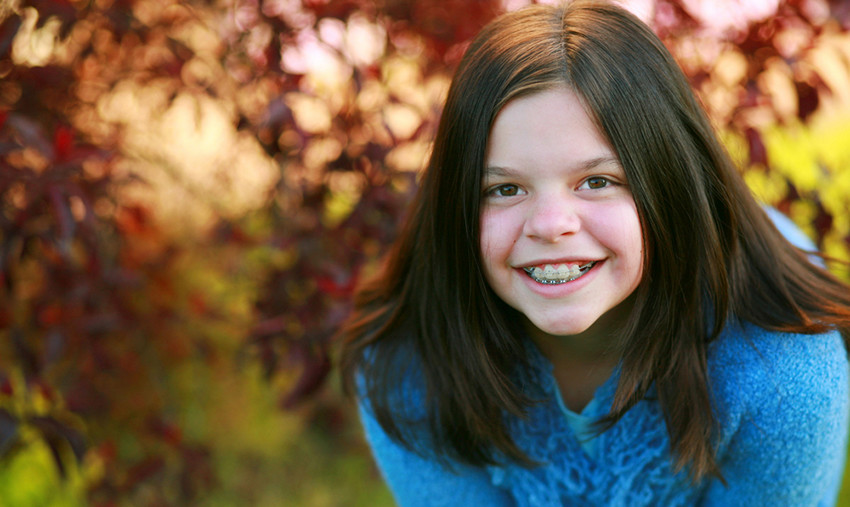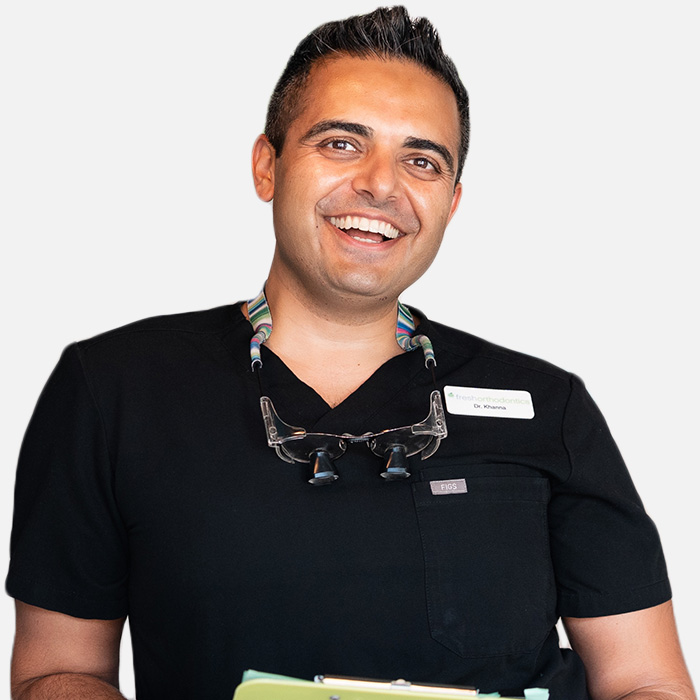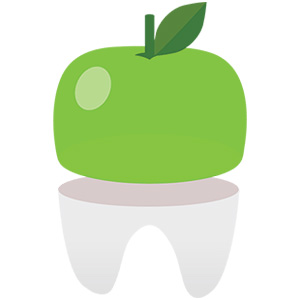There’s a reason the American Association of Orthodontists suggests children see an orthodontist at seven-years-old. It’s because by this age, your little one’s mouth and jaw have grown enough to give us a sneak peak at how they’ll develop when their permanent teeth arrive. In many cases, our youngest patients visit our Brooklyn orthodontic clinic, Dr. Khanna checks them out and sends them on their way. They come back periodically so he can monitor them and determine when it’s time to really get down to business with orthodontic treatment. However, in other cases where red flags pop up, jaw development isn’t on track or there are signs of more serious orthodontic issues, early childhood orthodontic treatment, sometimes referred to as interceptive treatment, or phase I orthodontic treatment, is necessary. Don’t worry parental units. This doesn’t mean your kid’s teeth will be clad in metal for the next ten years. In fact, early orthodontics often means less treatment later.
What is Phase I Orthodontic Treatment?
Some things, like a severe crossbite or protrusions, are much easier to correct if addressed early. Phase I orthodontic treatment is when braces or appliances are used on patients who still have most or all of their primary, or “baby,” teeth and typically occurs when the child is between seven- and 10-years-old. Treatment tends to last about one year. Since the child’s mouth is still developing, we can guide jaw growth in the proper direction and influence the position of their permanent teeth making later treatment easier and more effective and often minimizing the need for surgery or extractions of permanent teeth.
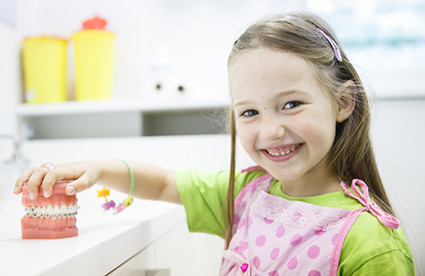 One Phase vs. Two Phase Orthodontic Treatment
One Phase vs. Two Phase Orthodontic Treatment
With one-phase orthodontic treatment, we wait until all of the child’s permanent teeth have erupted and then they receive a single course of orthodontic treatment, such as metal braces or Invisalign. In two-phase orthodontic treatment, we conduct the aforementioned phase I treatment. After about a year, the active portion of phase I treatment ends and we enter the retention phase where they usually wear a retainer and we observe them for several years and wait for their permanent teeth to grow in. Finally, phase II treatment occurs, which is the full treatment with braces or Invisalign and this usually happens in the pre-teen or early teen years.
There is a common, “Oh, my kid will have braces for six years” misconception surrounding two-phase orthodontic treatment. Thankfully, this isn’t true at all. Go ahead, let out that sigh of relief. The total active treatment tends to last about three years maximum. People get confused because there are a few years where the child merely makes occasional visits to the orthodontist for observations between phase I and phase II.
Ready to Talk Braces for your Kid? Book a Free Consultation
The Benefits of Phase I Orthodontic Treatment
Sometimes parents come into our Park Slope orthodontic office feeling guilty about not getting their kids early orthodontic treatment. There’s nothing to feel guilty about. Due to our super skills and advances in the field, your teenager or even yourself as an adult can still benefit from orthodontic treatment and achieve a gorgeous smile. However, in certain instances, there are major advantages to early orthodontic treatment including its ability to:
- Ensure proper chewing and biting.
- Nix poor oral habits.
- Prevent or intercept developing problems.
- Guide jaw growth.
- Allow permanent teeth to come in at an ideal position.
- Reduce the risk of protruding front teeth breaking or chipping.
- Improve self-esteem.
- Contribute to long-term stability (teeth will stay put after braces).
- Prevent the need for surgery or extractions.
- Improve appearance.
Are you ready to see if your child could benefit from early orthodontic treatment? Schedule a free consultation at Fresh Orthodontics. Dr. Khanna, your favorite Brooklyn orthodontist, will determine if your kid is a candidate and present you with the best possible treatment options. If your child is in need of phase I treatment, we promise to make the experience as enjoyable and fun as possible.
